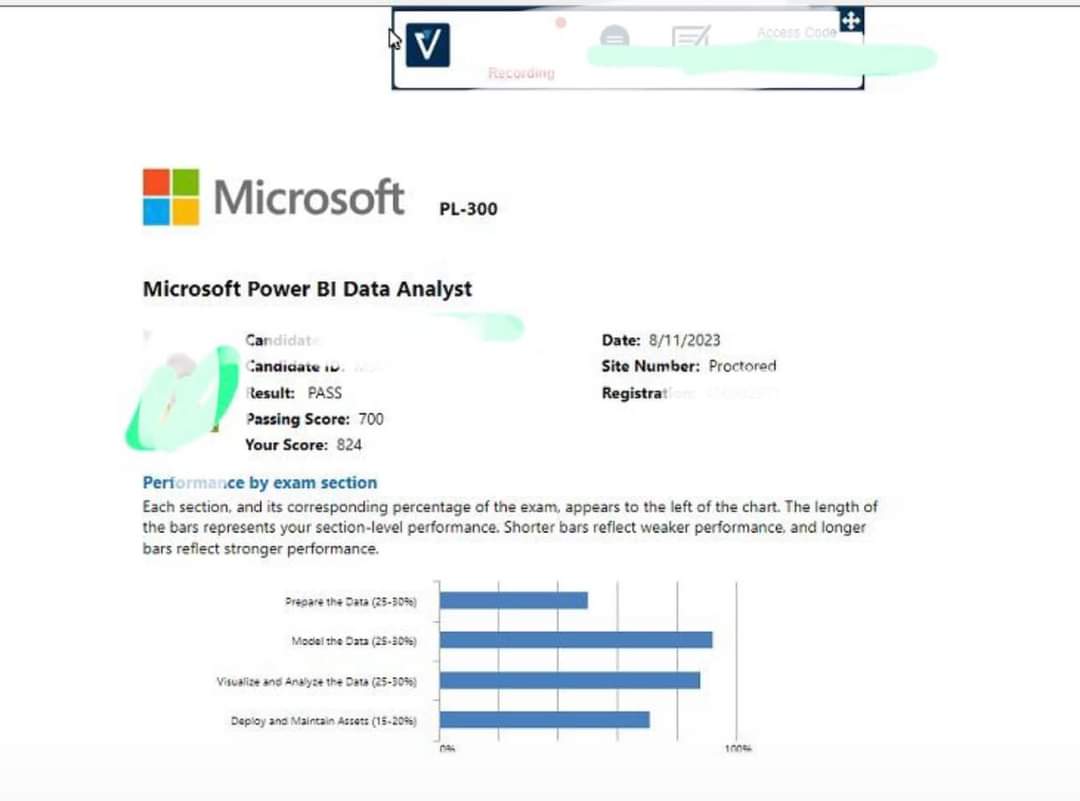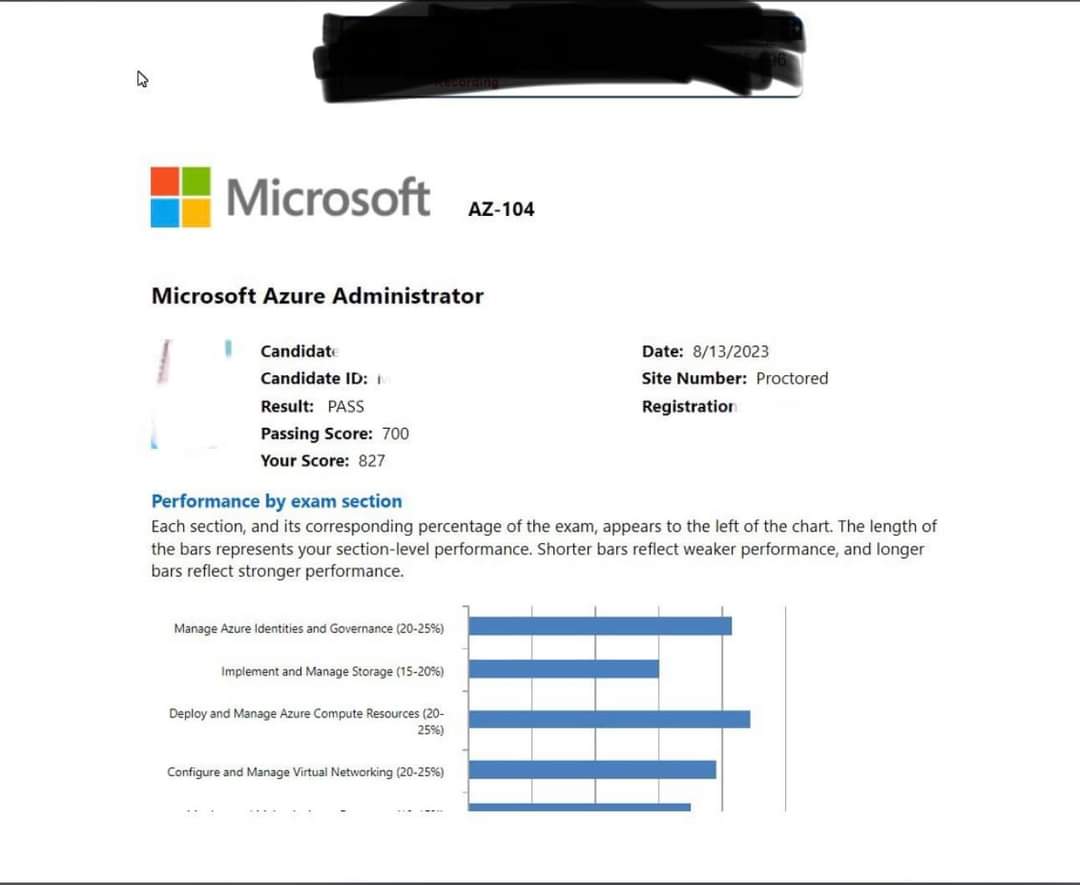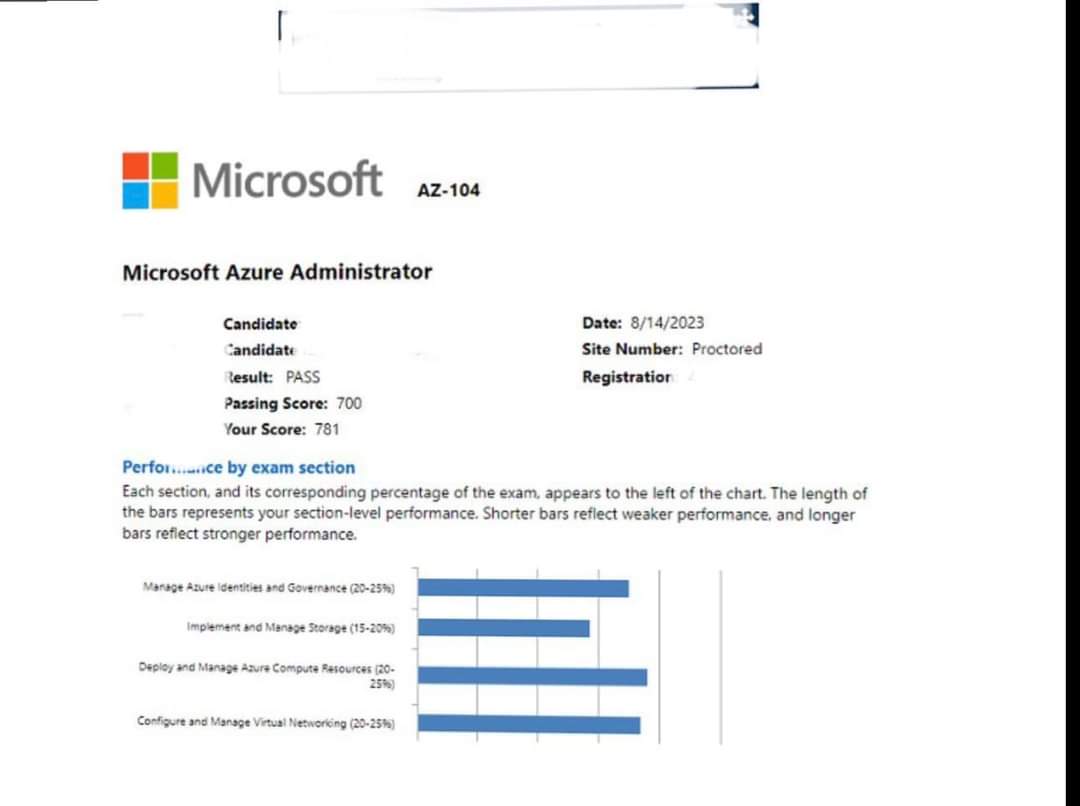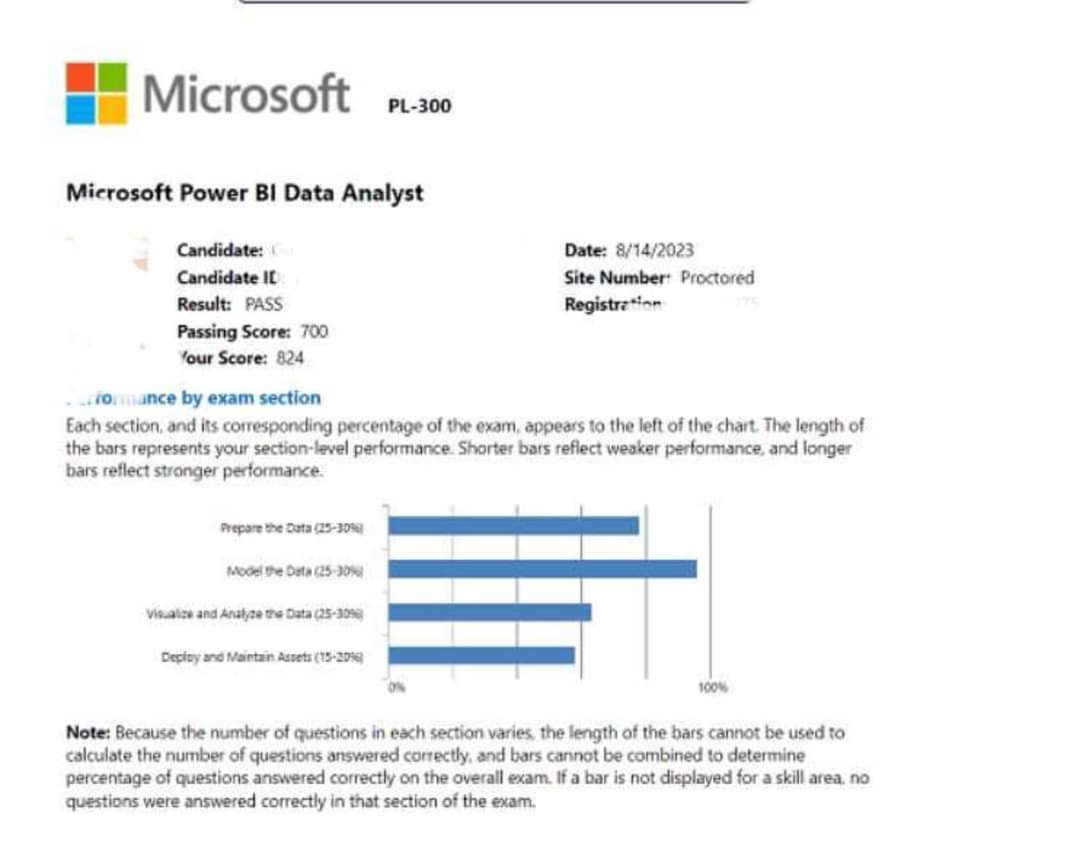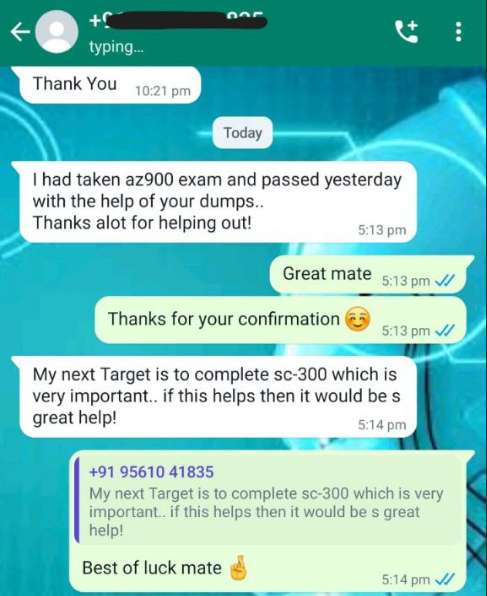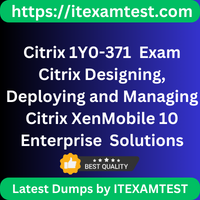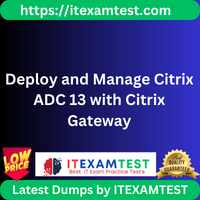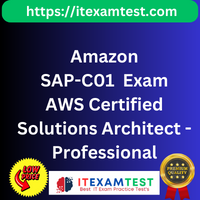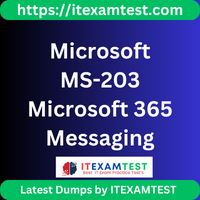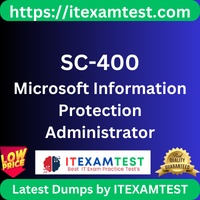WELCOME TO THE ITEXAMTEST
Latest IT EXAM DUMPS | Citrix | VMware | Azure | AWS | GCP with ITExamTest
Looking for the latest IT Exam Dumps at unbeatable prices? ITExamTest is your go-to destination! We offer a wide range of cutting-edge IT dumps at the cheapest prices worldwide. With our 100% passing guarantee, you can confidently ace your IT exams and take your career to new heights. Don’t miss out on this opportunity to excel in your IT certifications. Visit ITExamTest today and unlock your path to success !!
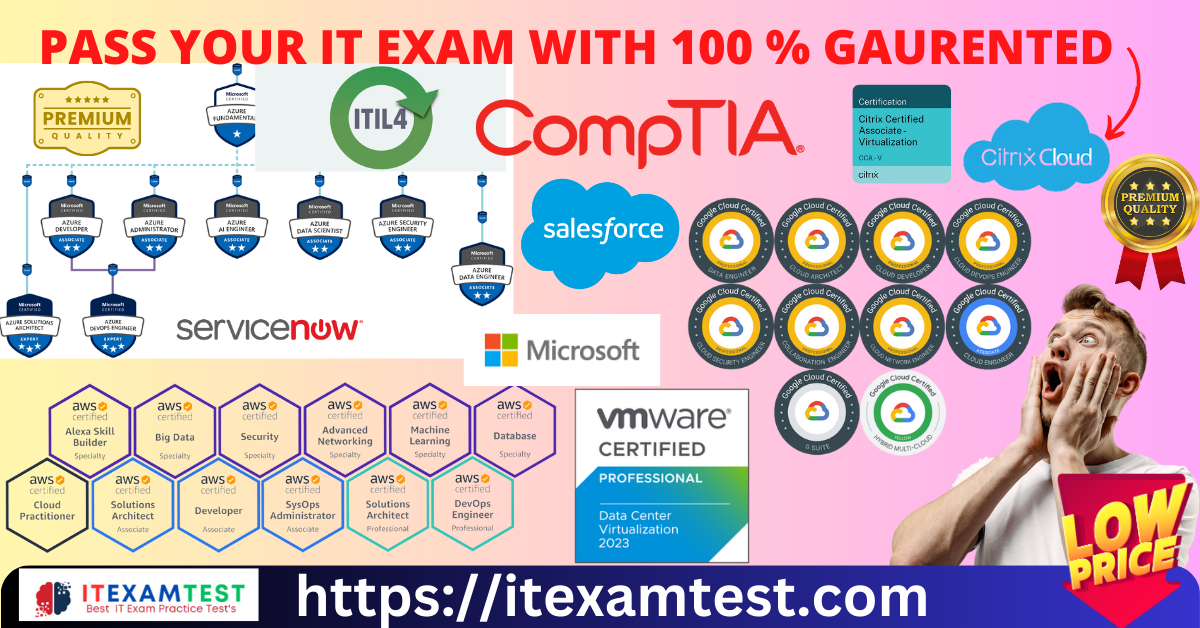
SELECT YOUR LATEST IT EXAM DUMPS VENDORES HERE and BUY
ALL DUMPS UPDATED ON April,2024
-
Sale!
AZ-120
Original price was: ₹2,950.00.₹399.00Current price is: ₹399.00. -
Sale!
AZ-800
Original price was: ₹2,950.00.₹399.00Current price is: ₹399.00. -
Sale!
AZ-700
Original price was: ₹2,950.00.₹399.00Current price is: ₹399.00. -
Sale!
AI-102
Original price was: ₹2,950.00.₹399.00Current price is: ₹399.00. -
Sale!
AI-100
Original price was: ₹2,950.00.₹399.00Current price is: ₹399.00.
-
Sale!
Citrix 1Y0-371
Original price was: ₹2,950.00.₹399.00Current price is: ₹399.00. -
Sale!
Citrix 1Y0-231
Original price was: ₹2,950.00.₹399.00Current price is: ₹399.00. -
Sale!
Citrix 1Y0-440
Original price was: ₹2,950.00.₹399.00Current price is: ₹399.00. -
Sale!
Citrix 1Y0-403
Original price was: ₹2,950.00.₹399.00Current price is: ₹399.00. -
Sale!
Citrix 1Y0-241
Original price was: ₹2,950.00.₹399.00Current price is: ₹399.00. -
Sale!
Citrix 1Y0-204
Original price was: ₹2,950.00.₹399.00Current price is: ₹399.00.
-
Sale!
DOP-C01
Original price was: ₹2,950.00.₹399.00Current price is: ₹399.00. -
Sale!
CLF-C02
Original price was: ₹2,950.00.₹399.00Current price is: ₹399.00. -
Sale!
SAP-C01
Original price was: ₹2,950.00.₹399.00Current price is: ₹399.00. -
Sale!
DVA-C01
Original price was: ₹2,950.00.₹399.00Current price is: ₹399.00. -
Sale!
DOP-C02
Original price was: ₹2,950.00.₹399.00Current price is: ₹399.00. -
Sale!
DBS-C01
Original price was: ₹2,950.00.₹399.00Current price is: ₹399.00.
-
Sale!
MD-102
Original price was: ₹2,950.00.₹399.00Current price is: ₹399.00. -
Sale!
DP-300
Original price was: ₹2,950.00.₹399.00Current price is: ₹399.00. -
Sale!
MS-203
Original price was: ₹2,950.00.₹399.00Current price is: ₹399.00. -
Sale!
SC-400
Original price was: ₹2,950.00.₹399.00Current price is: ₹399.00. -
Sale!
SC-900
Original price was: ₹2,950.00.₹399.00Current price is: ₹399.00. -
Sale!
MS-900
Original price was: ₹2,950.00.₹399.00Current price is: ₹399.00.
Live Proof who passed exams
